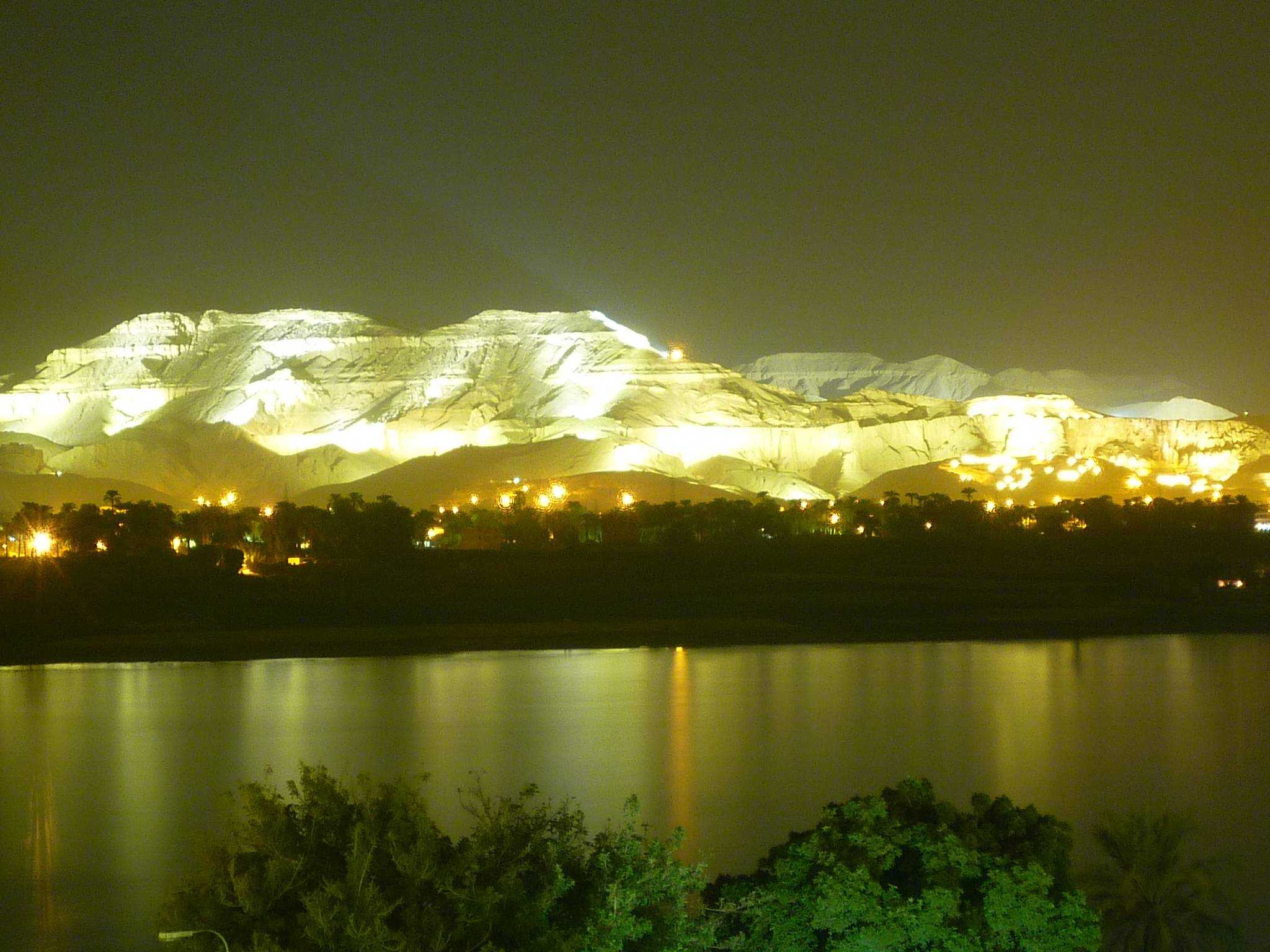Located on the west bank of the Nile, opposite Thebes (modern Luxor), Egypt, lies the Valley of the Kings, a sprawling necropolis that served as the final resting place for the pharaohs of the New Kingdom period (1550–1069 BC). This ancient burial ground, filled with intricate tombs and priceless artifacts, has captivated historians, archaeologists, and tourists alike for centuries.
Get your dose of History via Email
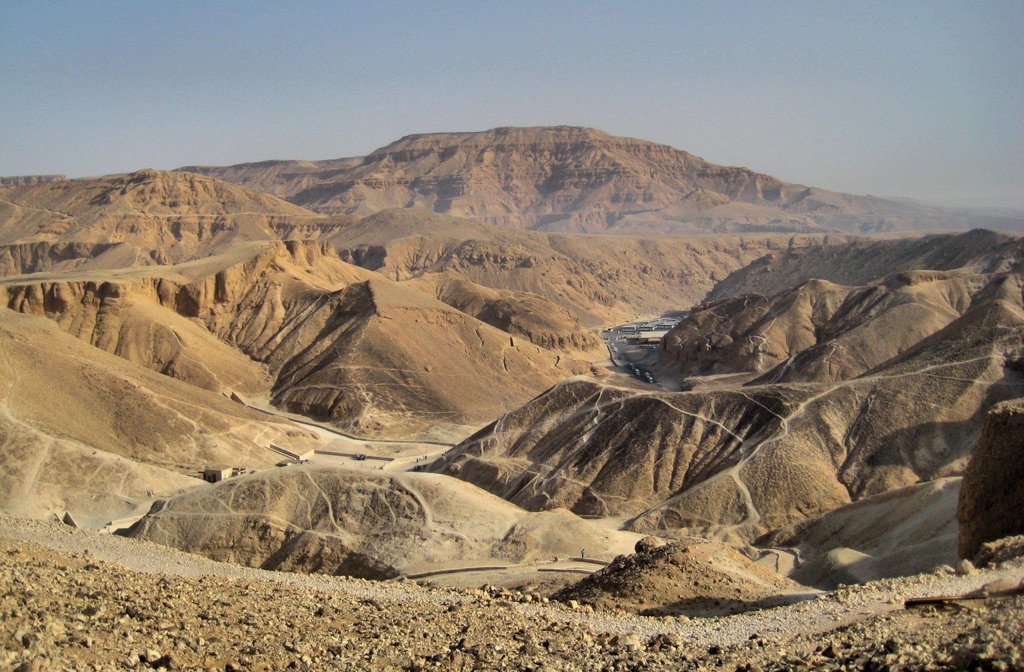
Historical Background
The Valley of the Kings was the principal burial place of the major royal figures of the Egyptian New Kingdom, including Tutankhamun, Ramesses the Great, and Hatshepsut. The valley is known to contain 63 tombs and chambers, ranging in size from a simple pit to a complex tomb with over 120 chambers. The royal tombs are decorated with scenes from Egyptian mythology and give clues to the beliefs and funerary rituals of the period. Almost all of the tombs were opened and robbed in antiquity, but they still give an idea of the opulence and power of the pharaohs.
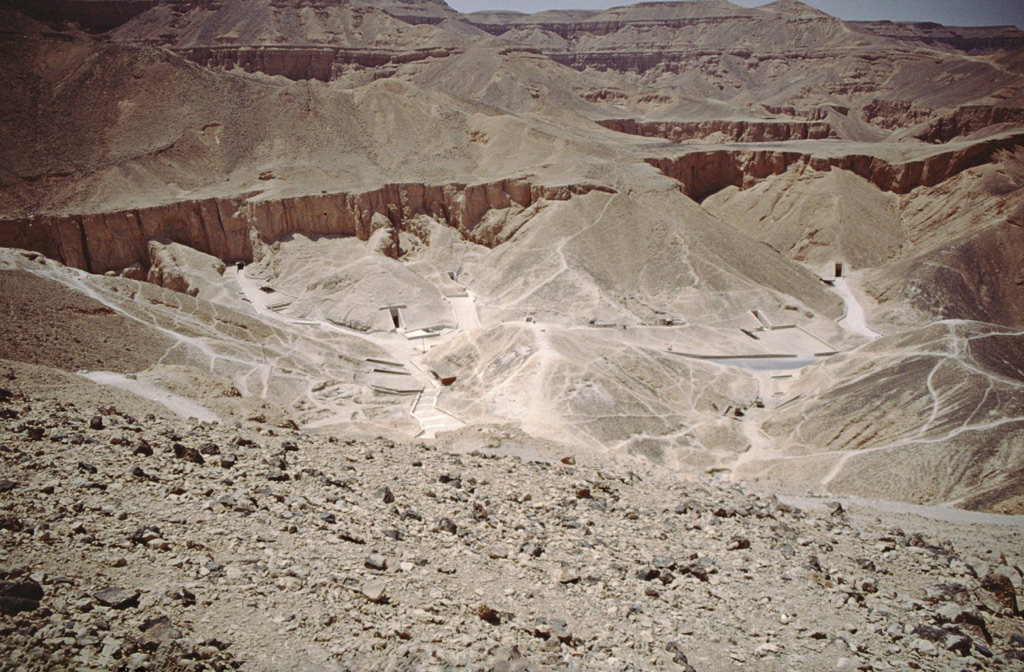
Architectural Highlights
The tombs in the Valley of the Kings are unique in their architectural complexity. They were cut into the limestone following a similar pattern: three corridors, an antechamber, and a sunken sarcophagus chamber. These catacombs were harder to rob and were more easily concealed. Construction usually lasted six years, beginning with the new reign. The text in the tombs are from the Book of the Dead, the Book of the Gates, and the Book of the Underworld.
The most famous tomb is KV62, the Tomb of Tutankhamun. Discovered in 1922 by Howard Carter, it was the most intact tomb ever discovered in the Valley. The tomb contained the mummified body of the boy-king and an array of rich burial goods, providing an unprecedented insight into the material wealth of the pharaohs.
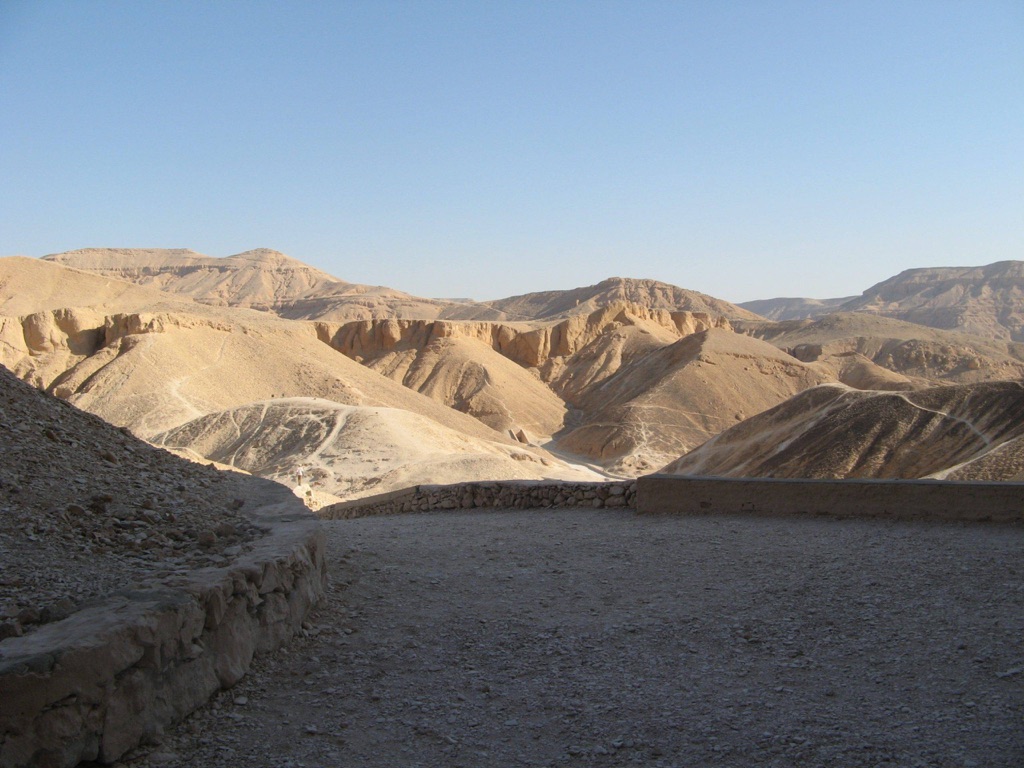
Theories and Interpretations
The Valley of the Kings was not just a place of death, but of the rebirth of the kings. The tombs were designed to guide the deceased pharaohs through the afterlife, with each chamber of the tomb serving a specific purpose in this spiritual journey. The walls were adorned with intricate carvings and paintings depicting the pharaoh’s journey into the afterlife, and the gods and goddesses they would meet along the way.
The exact methods used to date the tombs vary, but most involve a combination of stylistic analysis of the art and hieroglyphs, historical records, and in some cases, radiocarbon dating. The astronomical alignment of the tombs is another intriguing aspect. Many of the tombs are oriented towards the west, the direction associated with the realm of the dead in ancient Egyptian belief.
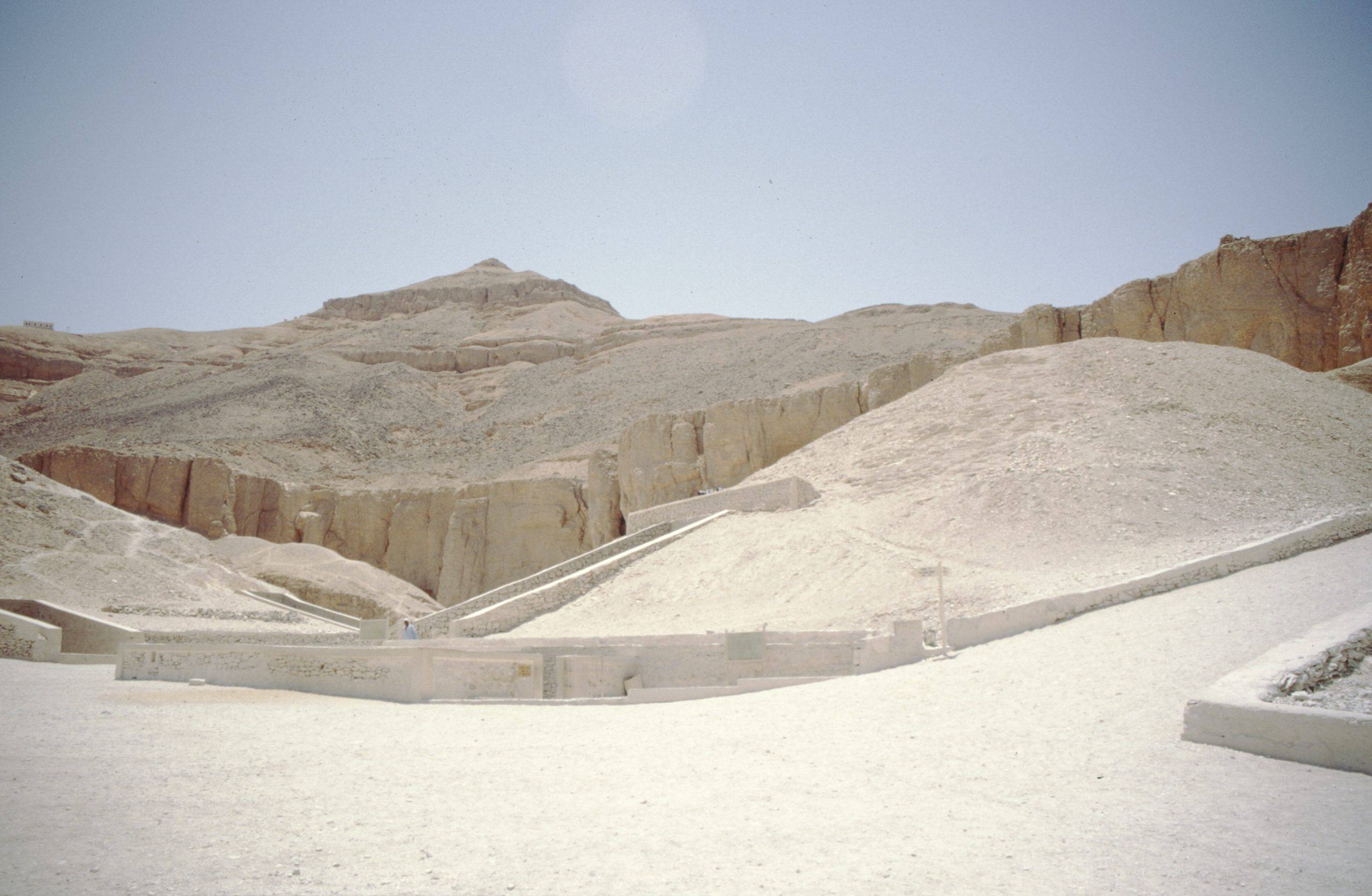
Good to know/Additional Information
Despite centuries of exploration, not all the secrets of the Valley of the Kings have been revealed. In 2005, the Valley of the Kings was explored using innovative 3D imaging technology, which revealed several previously undiscovered tombs. The Valley continues to be a rich source of archaeological discovery and remains a fascinating window into the past.
Visiting the Valley of the Kings is a highlight of any trip to Egypt. The site is open to the public, but only a small number of tombs are open at any one time to protect them from damage. The tomb of Tutankhamun, due to its fame, requires a separate ticket.
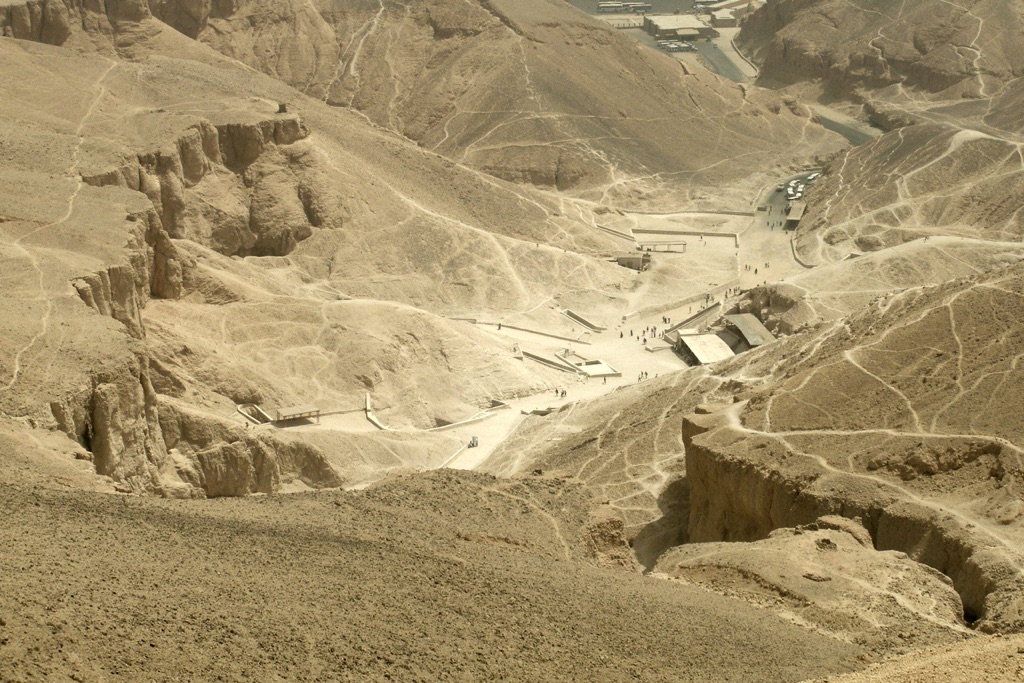
For further reading and information, refer to the following sources:
- Wikipedia: Valley of the Kings
- National Geographic: Valley of the Kings
- Britannica: Valley of the Kings
If you like this article, you should definitely give these a read:

